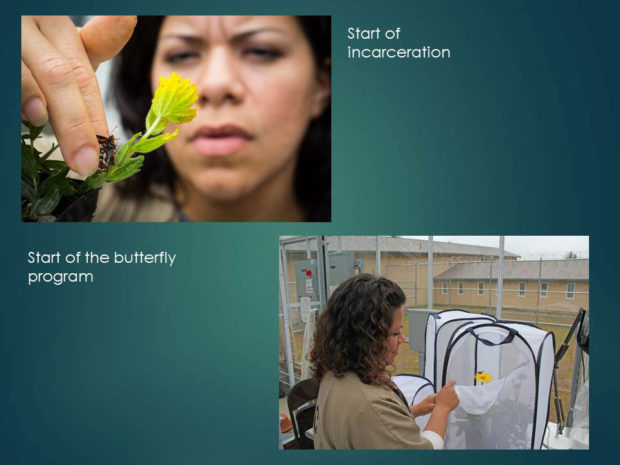by Carolina Landa
June 6, 2016
This semester has been very amazing for me working with SPP, an organization that I respect and owe a lot to. One of the most self-inspiring moments was going back into a prison after almost two years of being released. I was able to go with Marcenia Milligan and Misty Liles who are working on a DOC pilot program for reentry. The work they are doing is amazing, first off. They are really dedicated at helping incarcerated people succeed on their reentry back into the community. The 1.5 million grant is only being used for incarcerated people and the reentry services offered to them—none is going to DOC staff salaries. The reentry team made this decision at the beginning, which is humbling to think of and shows heart in the work they are doing.
As I entered Monroe Correctional Complex I became overwhelmed with emotion and started to cry—there was no way around this and I anticipated it would happen. There was just something about hearing those doors and gates lock that immediately took me back to 5 years ago when I first became incarcerated. I don’t think that will ever go away. But the feeling I was able to feel while I was able to interact with the men was priceless, and it affirmed very much for me that I was and am following exactly what I am supposed to be doing with my life.

A slide from the reentry presentation Carolina created as an SPP intern. Photo in top left is by Benj Drummond and Sara Joy Steele.
People incarcerated are truly some of the most amazing people I have met. Society might not view it that way but I do. There is a bond with them that I immediately have because I know the struggle and I understand their story.
I decided to focus my time around reentry because I feel it is something where SPP could help a lot of the people in the programs in the prisons and after release, as they have helped me. What I ended up learning about reentry is that it is very complex. Being able to come up with, let’s say, a list of resources is complex because that list is always changing. I also realized that a semester is not enough time to dedicate to reentry, especially for SPP, as this is all new to them. The only story, advice and resources I can give are what I have used myself in reentry. I agree that there are some good organizations out there, but what happens is that a lot of the time the funding is only available for maybe a year, and then is gone.
Successful reentry has to be all focused around networking: I really believe that is what reentry means. Who you know is an important factor and also using what others have used before you. I will continue to dedicate my time to reentry with SPP as I feel very passionate about helping others who have been where I once was. This list of resources will take a while to conduct and in the end it will most likely be some organizations, but I believe most will be names of persons that I will pick up along the way.
I very much am grateful for this opportunity to work with SPP. Thank you; it has helped me be the person I am today, by continuously believing and encouraging me. I only want to help others succeed as well. We are well on our way to making reentry focus a bit more stronger for SPP.
































































